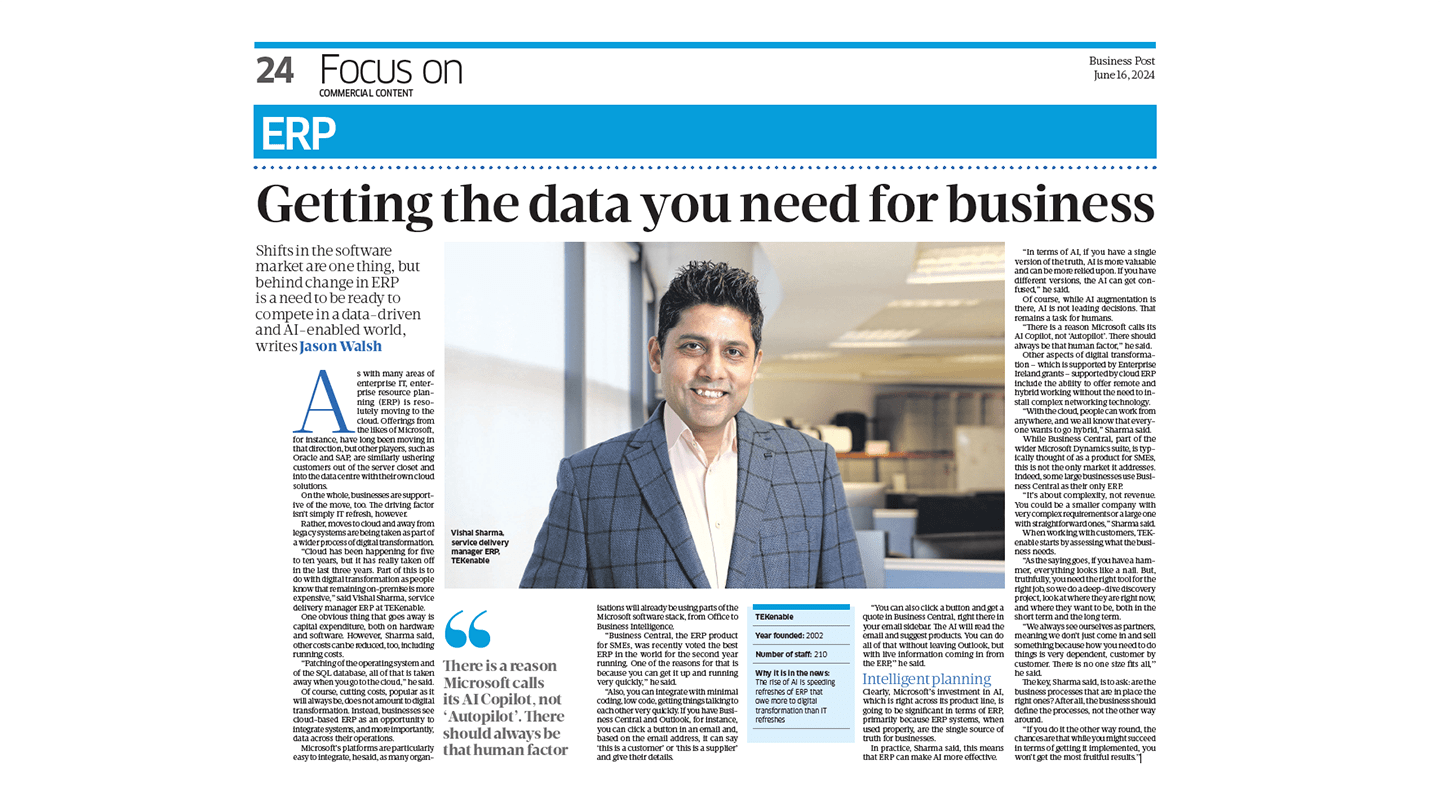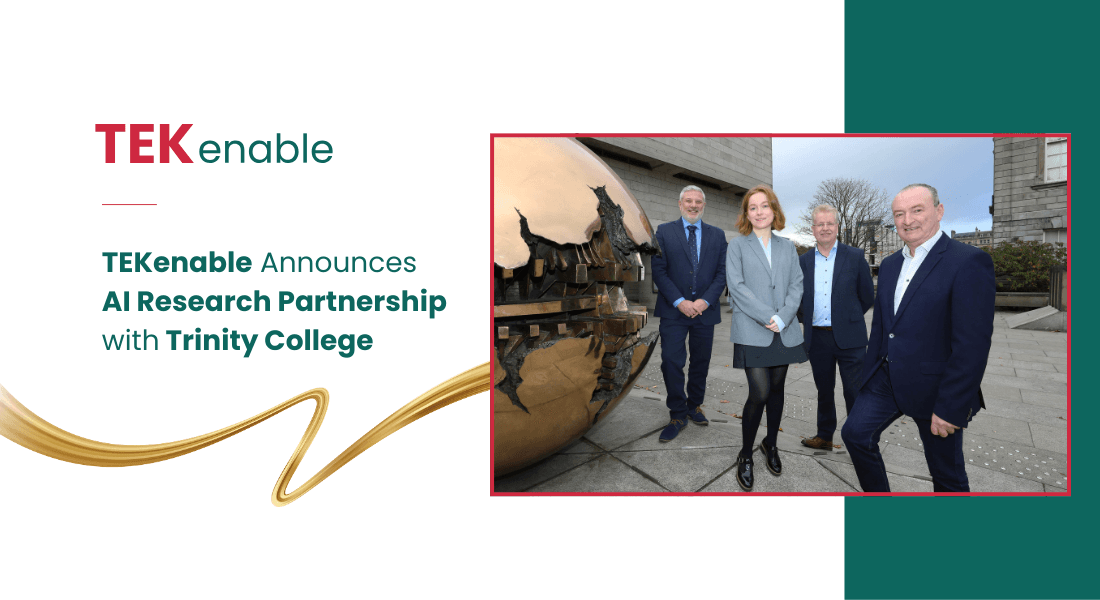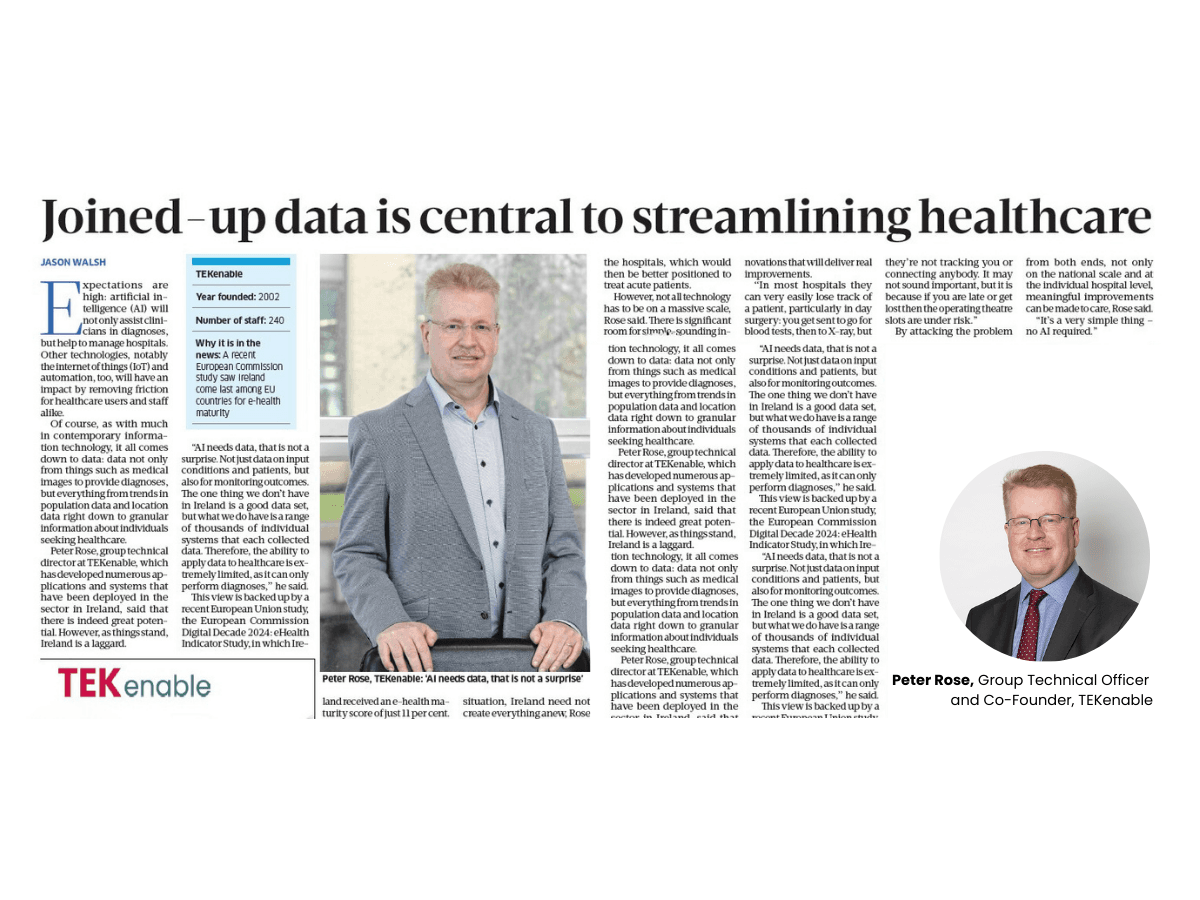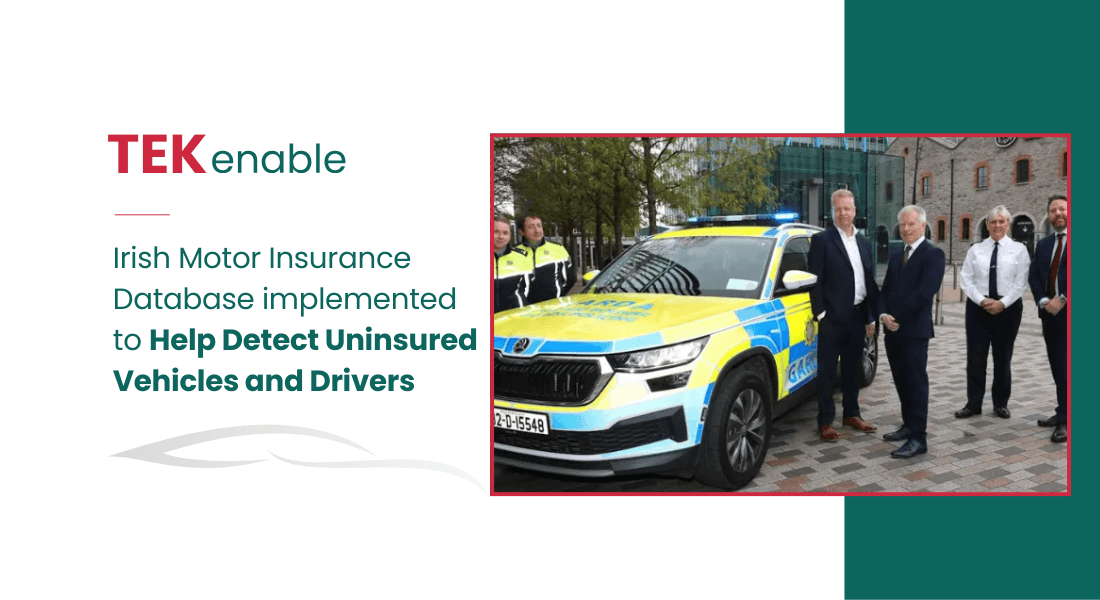Shifts in the software market are one thing, but behind change in ERP is a need to be ready to compete in a data-driven and AI-enabled world, writes Jason Walsh.
Vishal Sharma, service delivery manager ERP, TEKenable
As with many areas of enterprise IT, enterprise resource planning (ERP) is resolutely moving to the cloud. Offerings from the likes of Microsoft, for instance, have long been moving in that direction, but other players, such as Oracle and SAP, are similarly ushering customers out of the server closet and into the data centre with their own cloud solutions.
On the whole, businesses are supportive of the move, too. The driving factor isn’t simply IT refresh, however.
Rather, moves to cloud and away from legacy systems are being taken as part of a wider process of digital transformation.
“Cloud has been happening for five to ten years, but it has really taken off in the last three years. Part of this is to do with digital transformation as people know that remaining on-premise is more expensive,” said Vishal Sharma, service delivery manager ERP at TEKenable.
One obvious thing that goes away is capital expenditure, both on hardware and software. However, Sharma said, other costs can be reduced, too, including running costs.
“Patching of the operating system and of the SQL database, all of that is taken away when you go to the cloud,” he said.
Of course, cutting costs, popular as it will always be, does not amount to digital transformation. Instead, businesses see cloud-based ERP as an opportunity to integrate systems, and more importantly, data across their operations.
Microsoft’s platforms are particularly easy to integrate, he said, as many organisations will already be using parts of the Microsoft software stack, from Office to Business Intelligence.
“There is a reason Microsoft calls its AI Copilot, not ‘Autopilot’. There should always be that human factor,” Vishal Sharma (Service Delivery Manager – TEKenable).
“Business Central, the ERP product for SMEs, was recently voted the best ERP in the world for the second year running. One of the reasons for that is because you can get it up and running
very quickly,” he said.
“Also, you can integrate with minimal coding, low code, getting things talking to each other very quickly. If you have Business Central and Outlook, for instance, you can click a button in an email and, based on the email address, it can say ‘this is a customer’ or ‘this is a supplier’ and give their details.
“You can also click a button and get a quote in Business Central, right there in your email sidebar. The AI will read the email and suggest products. You can do all of that without leaving Outlook, but with live information coming in from the ERP,” he said.
Intelligent planning
Clearly, Microsoft’s investment in AI, which is right across its product line, is going to be significant in terms of ERP, primarily because ERP systems, when used properly, are the single source of truth for businesses.
In practice, Sharma said, this means that ERP can make AI more effective “In terms of AI, if you have a single version of the truth, AI is more valuable and can be more relied upon. If you have different versions, the AI can get confused,” he said.
Of course, while AI augmentation is there, AI is not leading decisions. That remains a task for humans.
“There is a reason Microsoft calls its AI Copilot, not ‘Autopilot’. There should always be that human factor,” he said.
Other aspects of digital transformation – which is supported by Enterprise Ireland grants – supported by cloud ERP include the ability to offer remote and hybrid working without the need to install complex networking technology.
“With the cloud, people can work from anywhere, and we all know that everyone wants to go hybrid,” Sharma said.
While Business Central, part of the wider Microsoft Dynamics suite, is typically thought of as a product for SMEs, this is not the only market it addresses. Indeed, some large businesses use Business Central as their only ERP.
“It’s about complexity, not revenue. You could be a smaller company with very complex requirements or a large one with straightforward ones,” Sharma said.
When working with customers, TEKenable starts by assessing what the business needs.
“As the saying goes, if you have a hammer, everything looks like a nail. But, truthfully, you need the right tool for the right job, so we do a deep-dive discovery project, look at where they are right now, and where they want to be, both in the short term and the long term.
“We always see ourselves as partners, meaning we don’t just come in and sell something because how you need to do things is very dependent, customer by customer. There is no one size fits all,” he said.
The key, Sharma said, is to ask: are the business processes that are in place the right ones? After all, the business should define the processes, not the other way around.
“If you do it the other way round, the chances are that while you might succeed in terms of getting it implemented, you won’t get the most fruitful results.”
The above text was reproduced from the interview published in BusinessPost on June 16th, 2024.





